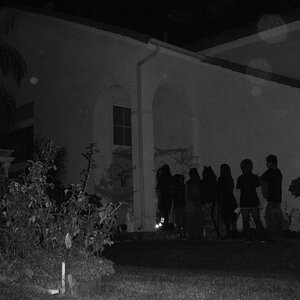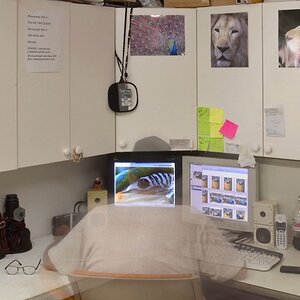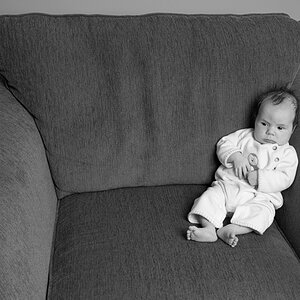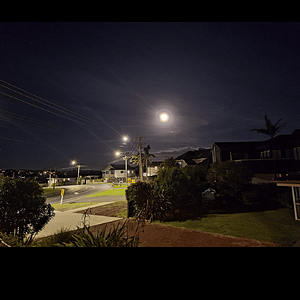GaryT
TPF Noob!
- Joined
- Jul 19, 2013
- Messages
- 96
- Reaction score
- 22
- Can others edit my Photos
- Photos OK to edit
When a child draws a picture you could apply most of these 'rules' to the vast majority of their sketches. I would say 80% of the drawings my 4 year old niece does would fit into the rule of thirds. It's not a rule, it's the way your mind works.
If you look long and hard enough at a turd I'm sure you will see a pattern in it. I don't see why people have a need to pick things apart to try and shoehorn any and everything into some sort of neat little box. Art in any of its forms is NOT maths, there is no super secret equation that will explain all.
A true artist does what they do because they enjoy it, they create based an their own vision. How can you fit that into a definition??
If you look long and hard enough at a turd I'm sure you will see a pattern in it. I don't see why people have a need to pick things apart to try and shoehorn any and everything into some sort of neat little box. Art in any of its forms is NOT maths, there is no super secret equation that will explain all.
A true artist does what they do because they enjoy it, they create based an their own vision. How can you fit that into a definition??










![[No title]](/data/xfmg/thumbnail/35/35948-700e0d840da0ca73727b1bd6d99b4142.jpg?1619737257)



